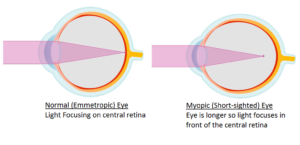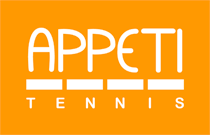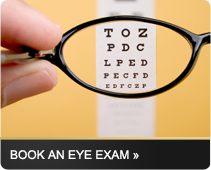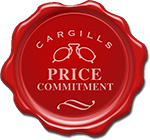Myopia (short-sightedness) is when light focuses in front of the retina and distance objects looked blurred.
Myopia is becoming more common globally and at higher rates. The traditional treatment for myopia was to prescribe spectacles or contact lenses and then to monitor the prescription and increase the strength/power as required. We would then wait for the prescription to stabilize once the eye had stopped growing, typically around 18 years of age. Other than the inconvenience of being myopic and needing to use an optical correction there are some ocular health implications of being a moderate to high myope (>-4 dioptres), these include retinal detachment, myopic maculopathy, glaucoma and cataracts, which all have a higher incidence the more myopic you are.
Myopia Management is the use of a range of techniques from lifestyle choices to specialist spectacle lenses or contact lenses to reduce the rate of myopic progression.
What causes Myopic Progression in Children?
Myopic Progression is typically associated with ‘axial elongation’ of the eyeball (eye getting longer). The stimulus for this is now understood to be ‘peripheral defocus’ in the eye which is a natural consequence of using traditional spectacle lenses or contact lenses. Specialist spectacles lenses and contact lenses are now available to compensate for this peripheral defocus and therefore reduce the rate of myopic progression.

Risk Factors for Myopia
- Parent being Myopic; 25% risk if no parent myopic, 33% risk if one parent is myopic, 50% risk if both parents are myopic.
- Ethnicity; East/South-East Asian have higher incidence of myopia than Caucasians.
- The younger you are when you first develop myopia, then the higher your adult prescription will be.
How can we influence Myopic Progression?
- Time spent outdoors in natural daylight looking into the distance has been proven to be protective against myopic progression, the current recommendation is a minimum of 60-90 mins per day.
- Regular breaks and not doing near work too close, ’30-30-Out Rule’; near tasks no closer than 30cm & breaks every 30 minutes, then it’s time go outside.
- To do close work and activities earlier in the day, not last thing at night.
- Good sleep has also been linked to slower rates of myopic progression.
Optical Appliances to reduce Myopic Progression
We are very lucky at this time in history to be able to have optical appliances available that have been proven by evidence research to slow down myopic progression by 55-60%.
- MiyoSmart Spectacle Lenses by HOYA.
- Stellest Spectacle Lenses by Essilor.
- MiSight Daily Disposable Contact Lenses.
- NaturalVue Daily Disposable Contact Lenses.
- EyeDream/Orthokeratology contact lenses that you sleep overnight in.
If you are interested in any of the techniques listed above please click on their ‘link’ to learn more or contact your local Cargills practice to discuss what option is most suited to your child.



